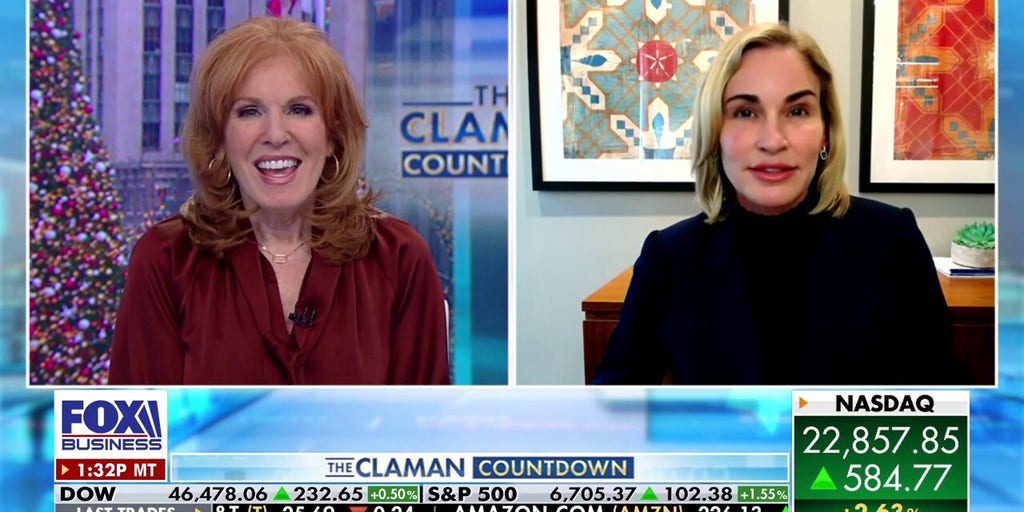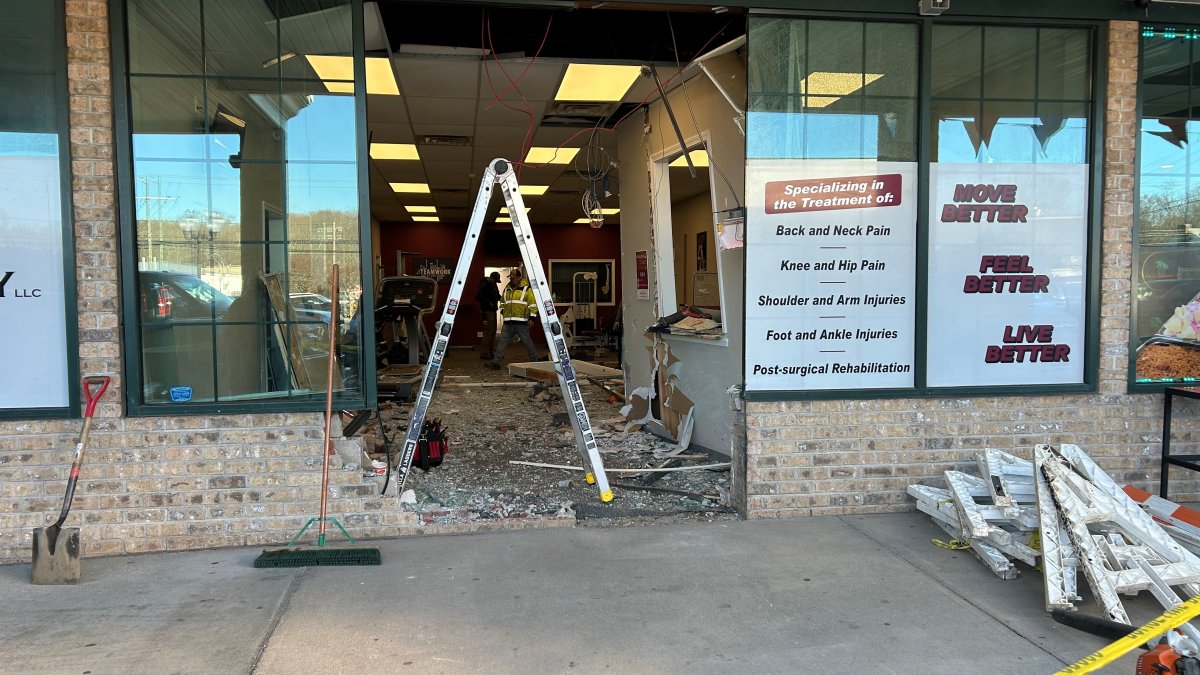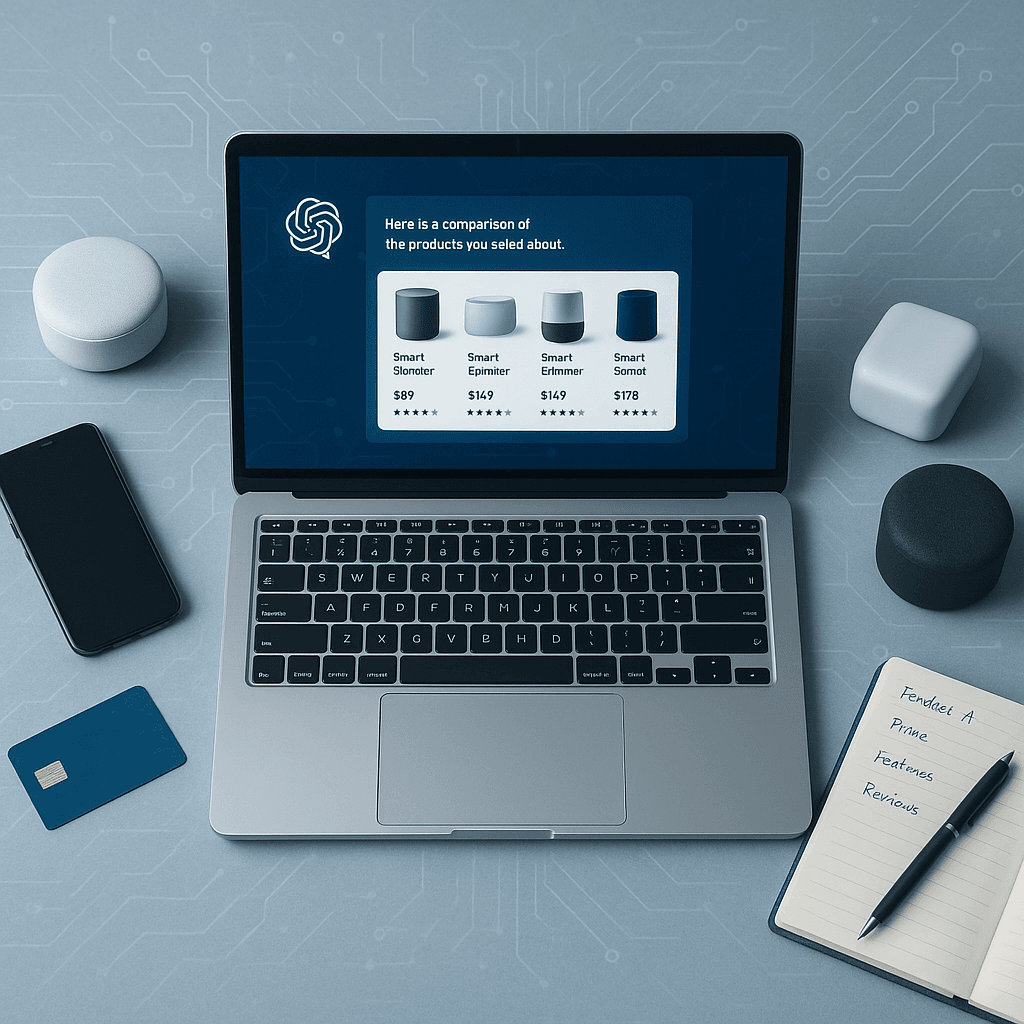UK e-commerce firm ASOS has turned in another poor set of quarterly numbers, with sales down 12% year-on-year. What’s to be done? Well, it’s 2025 – so, as a dedicated follower of fashion, you send for the AI, of course, that’ll fix it!
In this case, ASOS is looking to AI stylists to get it back into fashion, in the form of Styled By You, a database of 100,000 curated outfits from which a bot recommends the best option for shoppers. It can then go on to try upselling additional items – a pair of shoes, a new handbag to go with that etc.
CEO José Antonio Ramos Calamonte explains:
Consumers don’t buy one thing isolated. They want to buy a dress, but they want to understand how to wear this dress, which are the right shoes, which one is the right bag, which one is the right makeup, which one is the right? We have always been, in that sense, different because we’ve always brought this idea of outfits.
But it was, if you want, in a sense a little bit static. It was much better than going to a physical store because in a physical store, you could see 10 outfits and in ASOS, you could see 100,000 outfits. But it was static. Everybody was exposed to the same outfit.
Suddenly, the AI Stylist, AI as an enabler, is giving us the possibility to generate a specific outfit for every consumer, and that is incredibly powerful. What we’re seeing is that the consumers that interact with the AI Stylist, they increase by 50%, I think it is, the amount of items they save for later. And we know that this is a leading indicator – when people start saving for later, they end up buying. So it is having a big impact.
Destination
Calamonte says he wants to make ASOS ”not just a place to shop, but a destination for inspiration and style”:
Since I joined ASOS four years ago and since I became the CEO three years ago as well, I think it’s clear in my mind…that this is a place full of energy, full of passion and with a very bold ambition to become the most inspirational destination for young fashion lovers in the planet. But it was also clear that we had a lot to do to get there.
AI is bringing a complete evolution to the market, he argues:
I know it’s going to sound like, ‘OK, you have to drop [in] AI at a certain point in time, now is the time to drop it. That is not the case. It’s like AI is transforming this industry. I’m absolutely sure, and it’s not just a belief because I believe in that – I’m seeing it. I’m seeing it with my own eyes, and I’m seeing it in ASOS. It’s just like AI is opening possibilities that a few years ago, even months ago, but certainly years ago, were just like a dream, like an ambition, but it was not possible. Today, it’s possible. And that is going to bring a lot of, I would say, tailwinds to the digital world. Tailwinds, yes. And we are right there to do it, and we are very, very much into it, always with this mentality of systematic solutions and with a mentality of very rigorous investment, but we are there.
Actually the AI Stylist idea is one that was already in play before via a collaboration with Microsoft, he points out:
We are going to improve even more in a renewal of our collaboration with Microsoft, and consumers will be able to personalize their search, make sure that the brands they love are more present in their search. So it’s really a big, big change.
Partnering
What about partnerships with other tech vendors? Calamonte says:
We have another alliance, an aesthetic project with a player called Sierra. Probably you guys never heard of them, but they are probably one of the biggest players in terms of AI solutions for customer care….And we’re partnering with smaller start-ups as well. We have a partnership with a Turkish start-up. We have a partnership with some start-ups here in the UK in Israel. So we have a really big setup of different ways of approaching AI.
These days in retail it’s practically de rigeur to suggest that you have an innovative and exclusive deal with OpenAI. Calamonte doesn’t seem so sure when asked about ASOS and agentic e-commerce:
On agentic e-commerce, I guess you refer to checkout happening directly in ChatGPT or whatever. So, obviously, probably, we’re going to get there. I think it’s a very, very likely direction of travel that is going to move from what today we call SEO more to, I think they call it GEO…It’s a different type of search engine type of optimization and marketing into this and it will be a big change in the market. But at the end, the consumers will have to find a place to close the transaction. So obviously, we are open to that. I mean, as I said, we want to be wherever our consumers are, we don’t skip. We just want to make sure that we offer the best assortment, the best shopping experience, and we are convinced that, that is the winning formula.
Elsewhere in terms of digital, ASOS has opened ASOS Live, its on-demand shopping platform. Calamonte explains:
Every consumer that is interacting with that, 50% of them go to review the product, and they all increase the quality of their relationship with us, increase their conversion rates and the time they spend with ASOS, which is also very important for us.
Another recent development has been the revival of the Topshop brand with the launch of Topshop.com. Calamonte positions this as a new revenue stream:
We have seen that the vast majority of the consumers that are interacting Topshop.com are new consumers to ASOS. So it’s not consumers from ASOS that now running through Topshop, it’s new consumers to ASOS. And these are consumers that are coming with bigger baskets, so it’s quite an interesting way of capturing consumers.
My take
ASOS’ target customer, the “bullseye” as Calamonte pitches it, are people in their twenties and this informs a lot of key strategic decisions around topics such as social commerce, albeit seemingly somewhat half-heartedly at times:
We are present on TikTok, which seems to be something really, really big in the US, not so big in the UK. We are not seeing such a huge explosion in the UK. We really use TikTok as a place of discovery, but not necessarily where people are executing the purchase. So we are present in TikTok with the TikTok Shop, and we also have our social marketing happening not only in Instagram, but also in TikTok, we’re pretty active.
And it’s true -it’s a place of discovery, it’s a place where people go to find new brands. But at least in the UK and in Europe, we are not seeing this explosion that they seem to be having in the US. But we are there. And if that becomes a bigger channel, we will obviously capitalize on that because our obsession is to be where our consumers are. So it’s like we are agnostic about that. It’s like we want to be wherever they are.
That last comment suggests to me a hugely reactive mindset. ‘We want to be where you tell us we need to be, but we’re going to be late getting there!’
So with AI, it’s a case of trying to breathe new life into the tie-up with Microsoft. It’s not like ASOS is innovating on its own here. As Calamonte hastens to explain:
We are not generating our own LLMs or anything like that. That would be completely crazy.
Wouldn’t it?
But it might sound a tad more convincing about an intent to be a trendsetter than, “obviously, probably, we’re going to get there” perhaps? But Calmonte rejects any suggestion that ASOS is playing catch-up around AI:
When we talk to companies like Microsoft, clearly, we’re not playing catch-up. We’re ahead of the curve. We are one of their key partners globally to do that. Having a lot of information [as an AI foundation] is very important. We have 16 million consumers, so we do have a lot of information.
But it’s not only the information you have, it’s the quality of the information you have. And a lot of [our] competitors might not have the same quality of information. Omni-channel brands have normally less quality of information because the offline interactions are less qualitative in terms of data. And even some of the online players, they are more worried about the transaction itself, whereas we’re very worried about also the styling behind the transaction.
So we have a very, very qualitative type of information about how consumers interact with different styling. And that is incredibly important for the journey we are trying to define, not for a different journey. So I think I’m convinced we’re not playing catch-up. If anything, we’re ahead of the curve, and we are determined to continue being ahead of the curve.
Let’s see…







